Normally I write about the resurgence of human powered skiing in a region, nostalgically looking back at the technological advances of the 1920s or 70s, and the people that made backcountry skiing what it is today. In North Dakota we see something different, something new.
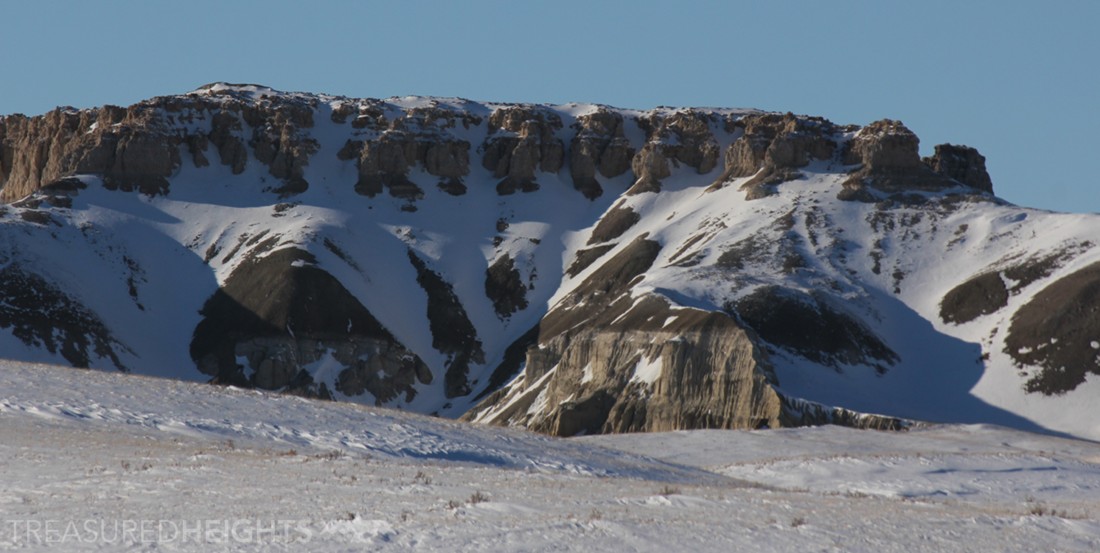
It was one year ago that I skipped a sweet 20” pow dump in Colorado to drive into the unknown. North Dakota’s White Butte was on my list of state high points to ski and February would be the best month to hit it while it had snow. I was also scouting for backcountry lines in the North Dakota Badlands of the Little Missouri River. Initial research didn’t reveal any backcountry ski community, but human-powered skiing seemed to be only found at xc country spots like Bully Pulpit Golf Course. After the trip which was focused on shooting the “Skiing States: North Dakota” documentary I contacted Andy Beck of a local ski area called Huff Hills.
Where are human-powered turns happening in North Dakota?
Andy: “Kids in high school in Mandan / Bismarck have been skiing steep ravines in their neighborhoods for a while. These ravines may be walking distance from their homes and they’ll hike up a few hundred vert without backcountry gear and build jumps, it is pretty much the start of their interest in human powered skiing. Some have moved on to become the small community of adults and young people who actually do use backcountry gear to skin up Huff Hills or surrounding landscapes. We have a community of about 15 local uphill skiers right now.”
The snow situation and climate change:
Andy said that often there is not enough snow for backcountry, however when they get the “perfect conditions” people go out in all weather to hit sidecountry next to Huff Hills or backcountry lines that they’ve been eyeing all season. As he spoke, I thought for a ski area of 425 vertical feet it’s pretty cool that they have a “backcountry gate” of sorts where you can access side country.
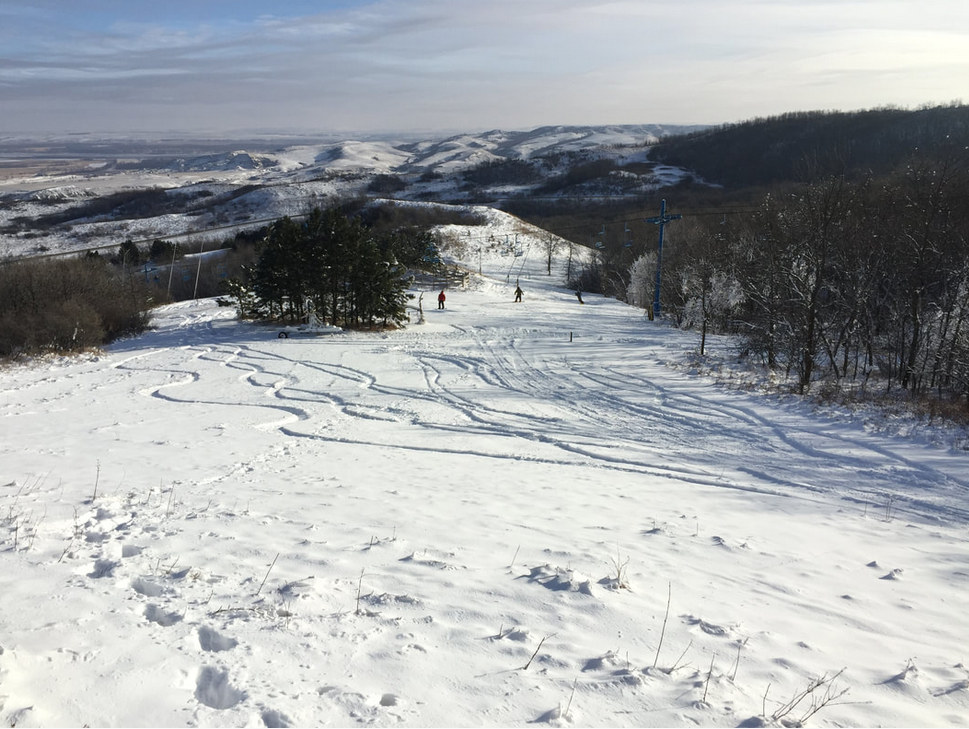
Climate change has been an issue in North Dakota as weather swings are more volatile. They can get good snow and then lose it fast. Before 2002 winters were a more steady cold he said. Huff Hills is an important resource for uphill skiers because snowmaking keeps them skiing throughout the season. Climate changes have made snowmaking more difficult, in many cases they have just a few hours to crank out the snowmaking before the temperatures swing wildly upward. In recent years they’ve expanded the snowmaking infrastructure so that they can produce more snow at one time during those short windows.
What do you mean by “perfect conditions” for backcountry skiers, do you mean deep pow?
Because of the powerful winds of the plains and weather swings, good conditions in North Dakota are when you have a firm few icy inches from the previous storm to cover the rocks, followed by a nice deep powder dump. Locals get really excited when there is a good base.
What about North Dakota’s legendary cold temperatures?
Andy said they have days when they have to close lifts due to mechanical limits. He’ll see people who drove 2 hours in -30 F temps to ski just because locals understand that you got to hit when the snow is good. His friends say: “There is no such thing as a cold day, just bad gear”.
For backcountry, where in North Dakota can you ski and where does the best snow hit?
“Turtle Mountain and the Northeast of the state can have consistent snow. Bottineau Winter Park on the Turtle Mountain gets more steady cold and attracts skiers from Winnipeg. In the Northeast of the state the Pembina Gorge by Frost Fire Ski Resort has good potential for backcountry skiing, in recent years a number of great mountain biking trails have been built there.”
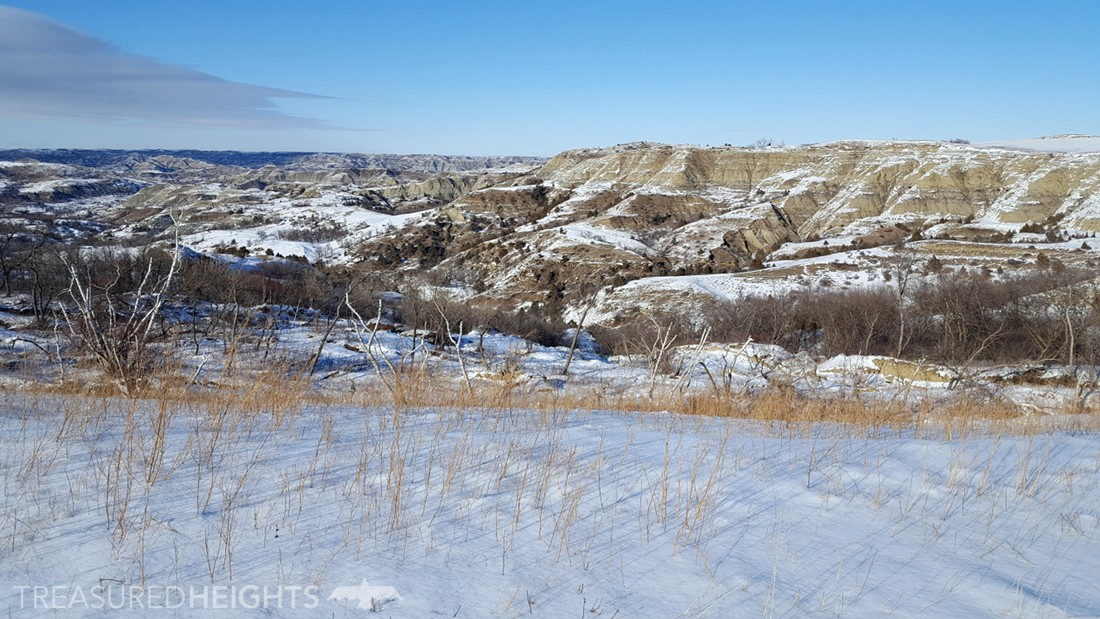
Wilderness skiing and oil development:
I asked Andy about the good skiing I saw on Killdeer Mountain in Western North Dakota, he said the discovery of oil in the western part of the state has intensified extreme views on property ownership. It seemed like someone or something was stoking these views prior to the expansion of fracking in the Bakken formation. This means that there are hot spots where landowners are hard to deal with for access. Ok, let’s not sugar coat it, by “hard to access” I refer to landowners shootin’ first and asking questions later. Backcountry skiers have to carefully read maps and stick to public lands or ask permission.
The massive oil boom in the Bakken formation has been a threat to the state’s most wild parcels of public lands. I asked if wilderness skiers stood with other groups for protection of the areas, he said that only hunters used those areas prior to oil expansion. He said there is no great history of skiing in the state, and that there is no “godfather” of backcountry skiing as you see in other states.
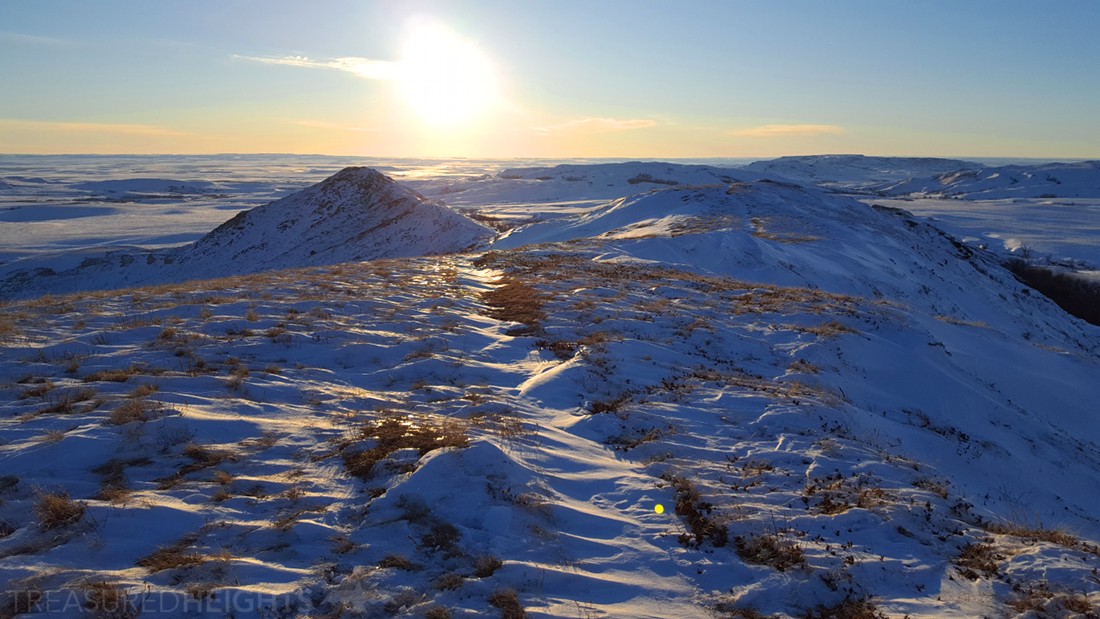
Finding the lines:
“Much of North Dakota is private property, only about 5% of the state is public land. Of course much of the best lines sit on private property and people need to ask permission to ski. He said that pretty much no one grew up skiing here, the sport is new, so getting permission from owners to ski on their property can give you some weird looks. In Montana and nearby states most ranchers know what skiing is and don’t see it as a threat, but in North Dakota it may be hard to explain what you are doing and their can be suspicion about what your up to.”
From what I saw in Western North Dakota the first place to look for lines would be in ‘anchors’ of public land like Little Missouri State Park, Theodore Roosevelt National Park and federal lands. Local skiers like Parker Scott have found ski lines in non-contentious areas areas like road or railroad cuts.
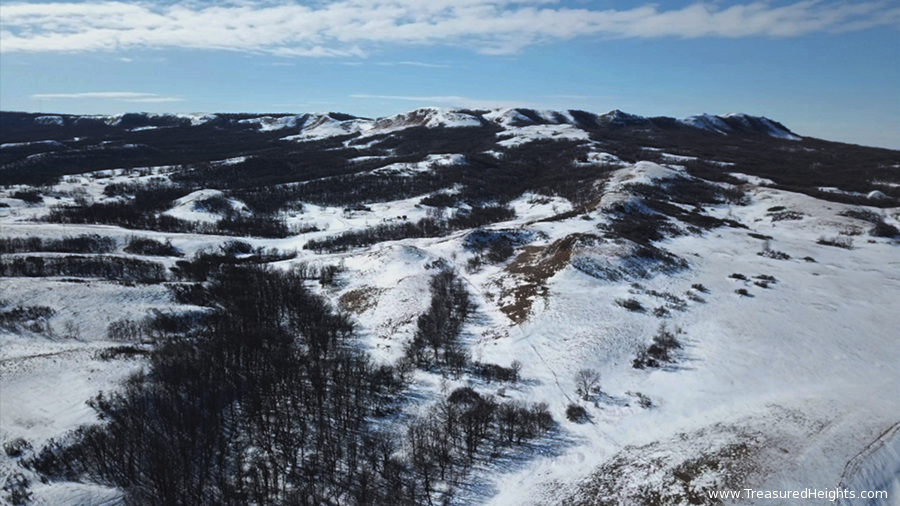
Andy mentioned “If you invest in equipment to earn turns, it’ll open your eyes as to how many places to go skiing and snowboarding we have in North Dakota. Once you realize this it makes skiing more varied and fun. You can actually go explore a place you like to hike in summer, places like Fort Lincoln State Park. Now that you can visit in winter, you see a whole other side to places you love.”
About the author: Mike Whelan has been skiing the state highpoints in a 21-year project and producing short films on the experience. You can catch the documentary “Skiing States: North Dakota” on the YouTube channel called “Treasured Heights”.
